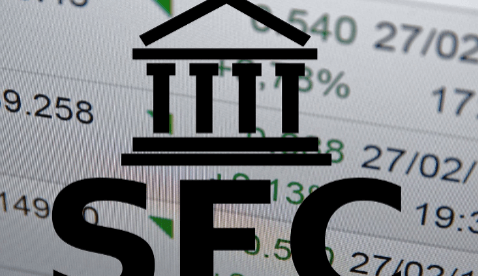What is Payment for Order Flow (PFOF)?
Payment for Order Flow (PFOF) is the compensation a brokerage firm receives for dispatching a client's order to a market maker or exchange for execution, usually in terms of fractions of a penny per share. PFOF is common in the options market but has also become more common in stock trading in recent years with the rise of commission-free trading platforms.

PFOF is perfectly legal as long as both parties to the transaction fulfill their obligations of best execution—at least not worse than the National Best Ask Price (NBBO). Additionally, brokers must document their due diligence procedures to ensure that PFOF is traded at the optimal price among multiple order endpoints.
According to the U.S. Securities and Exchange Commission (SEC), PFOF is actually the transfer of a portion of the profits of market-making transactions to brokers engaged in customer order diversion. The legitimate purpose of PFOF trading is to provide liquidity, not to profit from it by providing inferior execution prices. Potential advantages of PFOF include better strike prices as well as market liquidity.
SEC Regulations on PFOF
PFOF can lead to an opaque, unfair and speculative market, which will eventually damage investor confidence in financial markets. Therefore, the SEC requires brokers to disclose their policies regarding PFOF. Under NMS regulations, brokers must publish reports on their financial relationships with market makers since 2005.

Specifically, brokerage firms are obliged to inform clients about PFOF when they first open an account and on annual basis. Additionally, brokerage clients can request payment data for trades from their brokers, who must disclose each order at the client's request.
Update: SEC Rules 605 and 606
As required by SEC Rules 605 and 606, broker-dealers were required to prepare and provide investors with two reports since 2005, disclosing respectively execution quality and order flow payment statistics. In the first quarter of 2020, Rule 606 was revised, requiring brokers to disclose the net payment amount they collect from market makers each month, as well as the order flow payment rate per 100 shares by order type (market order, limit order, non-limit order and other orders).
Potential benefits of PFOF

Small-scale brokerage firms may not be able to handle large volumes of orders, so some orders may be distributed to market makers. Under competitive pressure, brokers may return the PFOF remuneration they receive to their clients in a way that reduces costs and fees, but only if the brokers fulfill their best execution obligations. A 2020 SEC report noted that PFOF did sometimes offer better prices for individual investors. In addition, other clearly visible advantages of PFOF are increased market liquidity and commission-free trading.
Disputes of PFOF
PFOF has never been without controversy. For example, in the late 1990s, some companies that provided commission-free trading sent orders to market makers but did not put the best interests of investors first, and the order execution price was not the best price.
In 2021, PFOF came into the limelight again, when the SEC reported that the frenzy of retail investors for GameStop and other meme stocks showed that some brokers may have encouraged clients to trade and profit from PFOF. In December 2020, Robinhood Markets Inc was fined $65 million by the SEC for failing to properly disclose to clients PFOF payments for trades that did not realize best execution.





